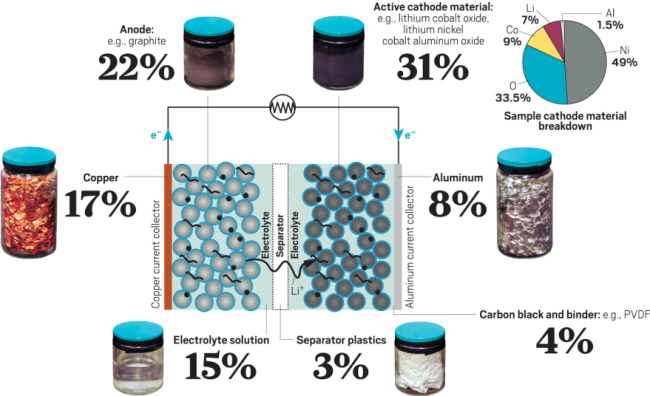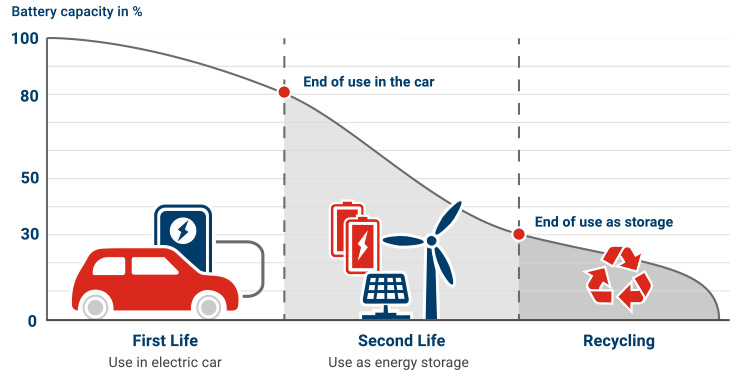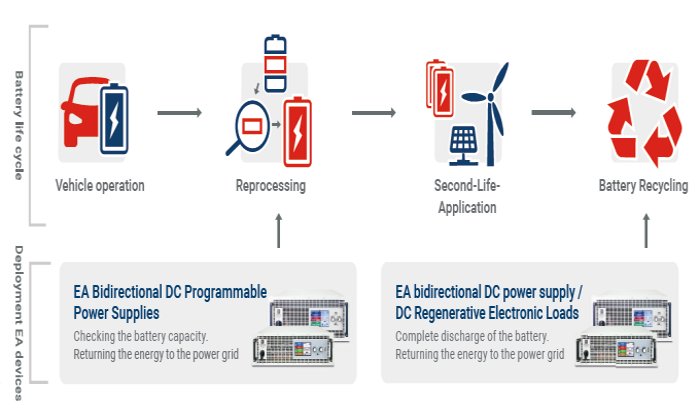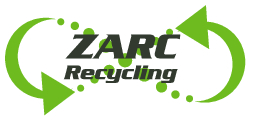Lithium Ion Batteries & Materials Recycling
Global market for lithium-ion battery recycling estimated at US $3.6 billion in the year 2020, is projected to reach a revised size of US $10.7 billion by 2026, growing at a rate of 19.4% over the analysis period. Lithium-Nickel Manganese Cobalt (Li-NMC) is projected to grow at a 20.6% rate to reach US $7.7 Billion. Growth in the Lithium-iron Phosphate (LFP) segment is readjusted to a revised 17.9% for the next 7-year period. This segment currently accounts for a 26.3% share of the global lithium-ion battery recycling market.

It is now believed that there are over 16 million electric vehicles on the roads around the world, but those vehicles are not distributed equally. Europe and China are leading the way with 16% and 14% EV market share respectively, while the US is at 4.5%.
The ubiquitous and continuously expanding applications for lithium-ion battery technology is poised to exert pressure on recycling commitments and need and encourage evolution of technology & infrastructure needed for recycling lithium ion batteries.
As the Li-ion battery market continues to grow and adoption increases in various industries, there are growing concerns over waste management necessitating focus onto Li-ion recycling management. Strict government policies globally are also supporting recycling market, in view of the potential implications of Li-ion batteries on human health and the environment.
In order to address concerns over the potential impact of waste Li-ion batteries. A key focus of Li-ion battery recycling is to recover cobalt.
Zarc Recycling can help with handling and recycling of Li-ion batteries and related materials such as loose cobalt, graphite, and lithium. Zarc has downstream partnerships that can help customers maintain a closed-loop recycling process of the materials inside the Li-ion batteries.
Below is diagram of this process.

Raw commodities coming out of the recycling process can be re-used for new Li-ion batteries or other products. Below is breakdown of the raw commodities that can possbily be recovered.

Battery Refurbishment:
The potential uses of second-life batteries from electric vehicles are many and varied. The applications range from home storage, emergency power supplies and power buffers to energy storage for solar power or wind energy. Also DIY market in US is very big, online battery sale and resale. Zarc can help with this process.
Battery Discharge Process:
The bidirectional programmable DC power supply takes its energy from the connected battery during the discharge process and converts it into AC voltage. This is then fed back into the local power grid and reused, thus amortizing the purchase price via reduction of electricity costs.
